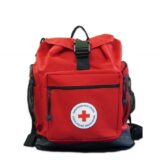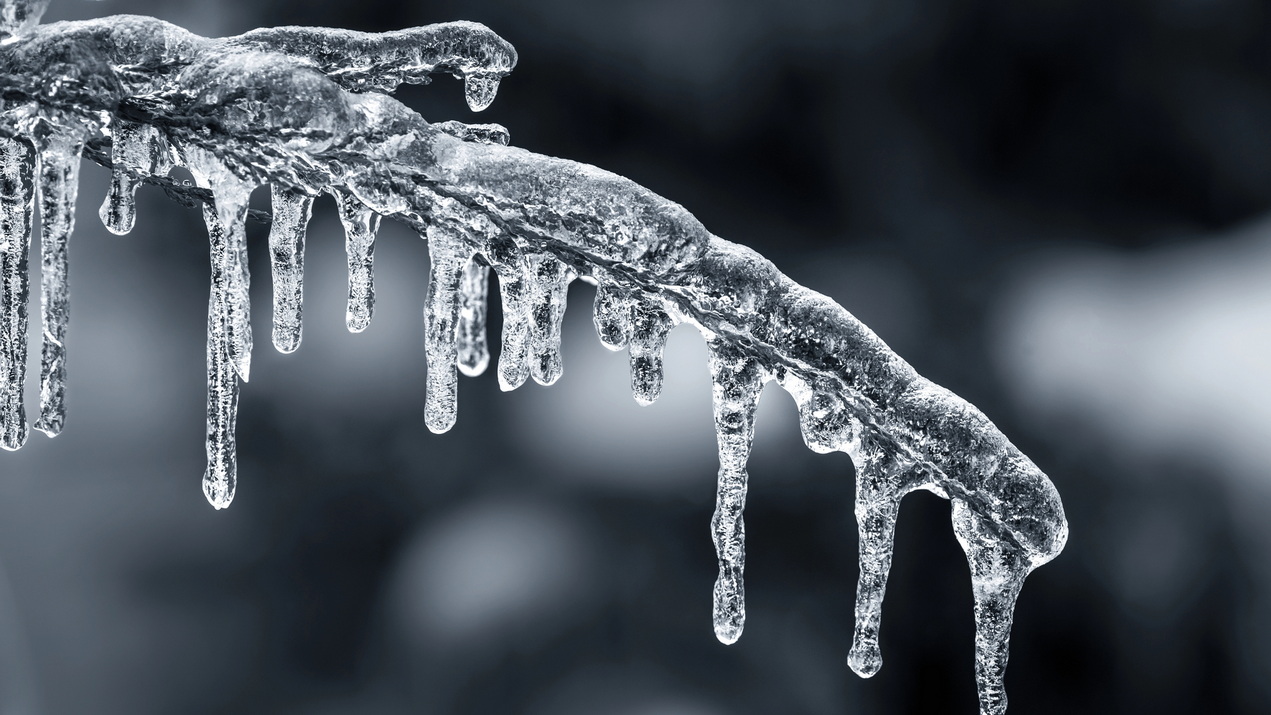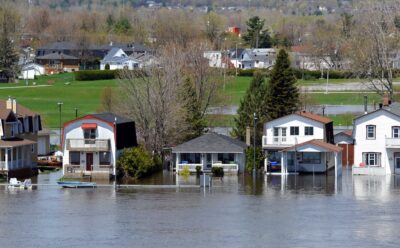 An emergency preparedness kit could save your life or the lives of your loved ones during or after a disaster. Hard to argue with that.
An emergency preparedness kit could save your life or the lives of your loved ones during or after a disaster. Hard to argue with that.
But more than two-thirds of Canadians have not prepared for such an emergency, according to Statistics Canada.
If you’re in that majority, here’s what you need to know about having an emergency preparedness kit.
Being ready
Severe storms, flooding, extended power outages, even a terrorism attack: these are among the potential emergency situations in Ontario flagged by the Government of Canada’s Get Prepared organization. It says that while all levels of government are prepared for emergencies, a crisis strains official resources and it’s up to individuals and families to do their part. That includes being self-reliant for up to 72 hours.
MORE: How to protect your home against climate change
The kit
You can’t be self-reliant in an emergency without the proper supplies.  Those range from clean water and non-perishable food to a battery-operated or crank radio, extra cash and medication.
Those range from clean water and non-perishable food to a battery-operated or crank radio, extra cash and medication.
The Red Cross, among others, itemizes what should be in your emergency kit.
The Red Cross also sells emergency preparedness kits for one or more people. A Basic Disaster Preparedness Kit starts under $150 and includes an emergency blanket, waterproof matches, first aid kit and more.
If you have pets, remember to include food and medication for them.
A purchased kit generally comes in a backpack or small bag for easy transportation if you need to leave your home. It’s important to keep the kit in a readily accessible spot like a closet near your front door and for everyone in your family to know where it is.
A kit with expired medication or stale food isn’t going to do you much good, so check and update your kit every six months. Checking when you change the batteries in your smoke alarm is one way to ensure you don’t forget.
MORE: How to check storm damage to your home
More on emergency preparedness
Have an emergency plan: Emergencies often occur when families aren’t together, so you need a plan to ensure everyone is safe and connected. Learn more here.
People with disabilities and special needs: Mobility, service animals and other circumstances may need to be considered in emergency planning. More information.
Power outages, floods and general safety: Find more information on these topics, including how to protect your property against flooding.
Updated from an article originally published in 2019.
Got a maintenance task you’re not sure how to do?
Drop us a line at info@allthingshome.ca or message us through Facebook.








